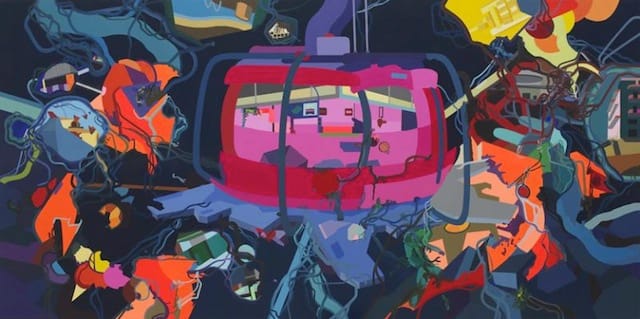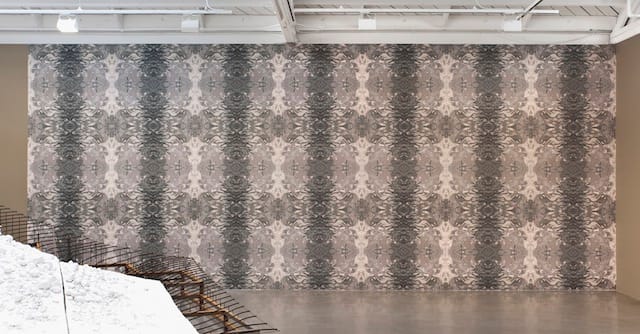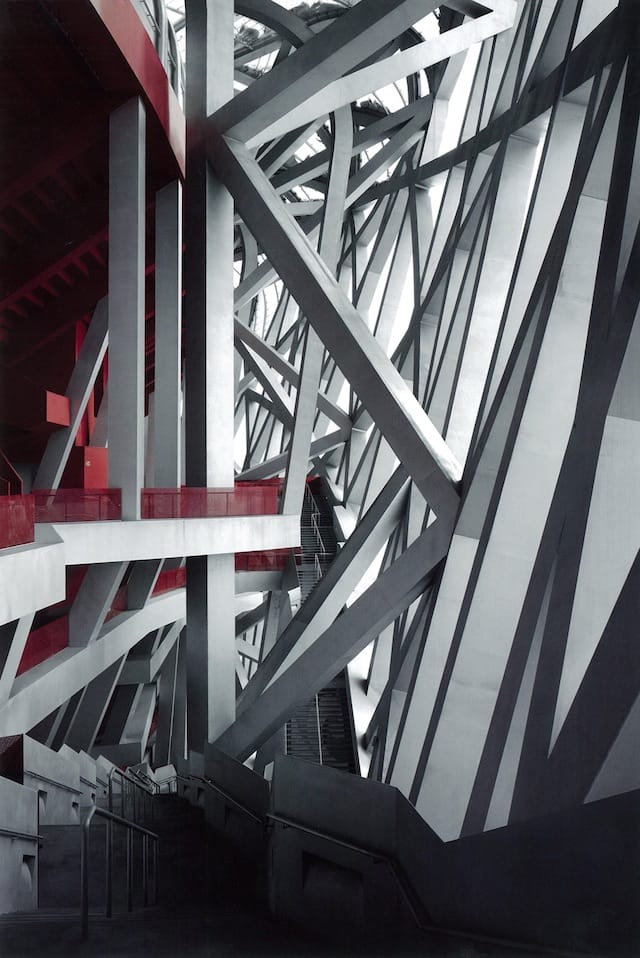Reckoning with the City in the 21st Century
Ezra Pound wrote that all great art is born from the metropolis, so it's no surprise that the metropolis itself has become one of art's primary motifs.

Ezra Pound wrote that all great art is born from the metropolis, so it’s no surprise that the metropolis itself has become one of art’s primary motifs. The city has been depicted in ancient Greek and Roman frescoes, late Gothic religious paintings, and Edo-period Japanese prints. In the 20th century, artists like Fernand Leger, Robert Rauschenberg and Ed Ruscha paid it tribute.
Today, the nature of the metropolis is changing. In 1950, 746 million people lived in urban areas; in 2014, 3.9 billion do. By 2045? The number could reach 6 billion. The global move from the country to the city has reshaped contemporary life, and new questions surrounding urban sprawl, gentrification, and social fragmentation (to name just a few) have formed.
What are artists today making of this diverse urban stew? That’s the jumping-off point for Encountering the City: The Urban Experience in Contemporary Art at Washington University’s Kemper Art Museum. The show includes works by Wolfgang Tillmans, Isa Genzken, Jakob Holding, Andrea Gursky, Sarah Morris, Gary Simmons, and Andrea Zittel. Simmons’s “Plaza Inferno Grid” (2008), for instance, considers the symbolic weight carried by our built environment. His four-part painting was inspired by the infamous skyscrapers in the dystopian 1972 film Conquest of the Planet of the Apes. The film has long been seen as a metaphor for race relations, especially during the Los Angeles Watts riots in 1965, which, the museum writes, “came to symbolize strife in midcentury urban America.” Simmons painted his work in response to the politics of race that infected the 2008 presidential election — though its meaning has become freshly relevant with the recent events in Ferguson, Missouri.
Writing to Hyperallergic via email, curator Meredith Malone said that she hopes these artworks stimulate innovative thought about “the possibilities for and limitations on the city and the lives of its inhabitants.” Could it be that great metropolises are also born from art?









